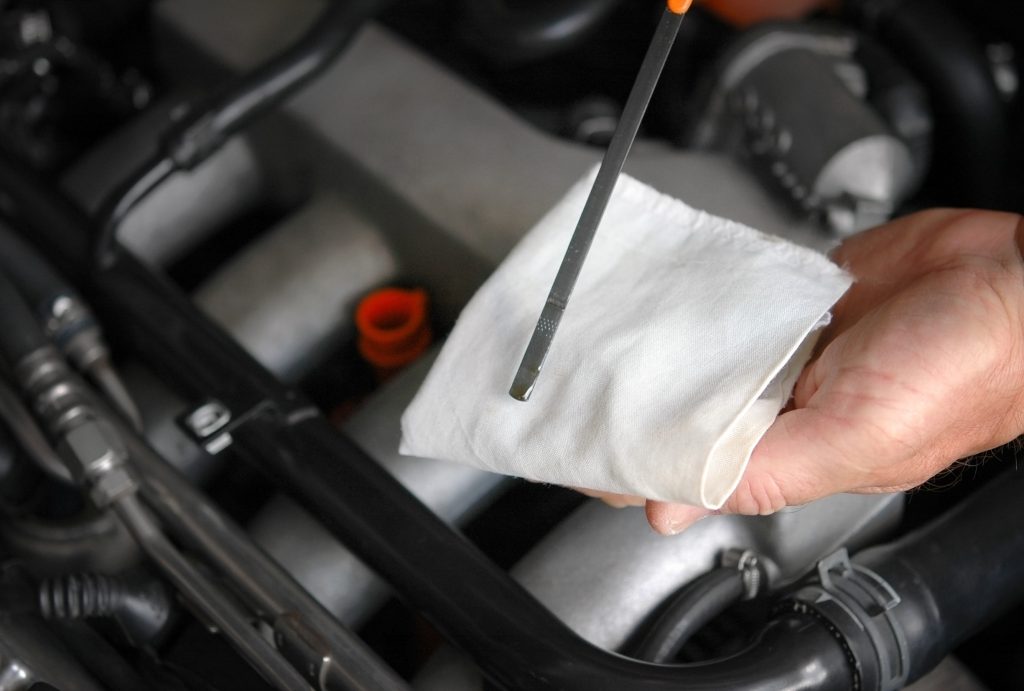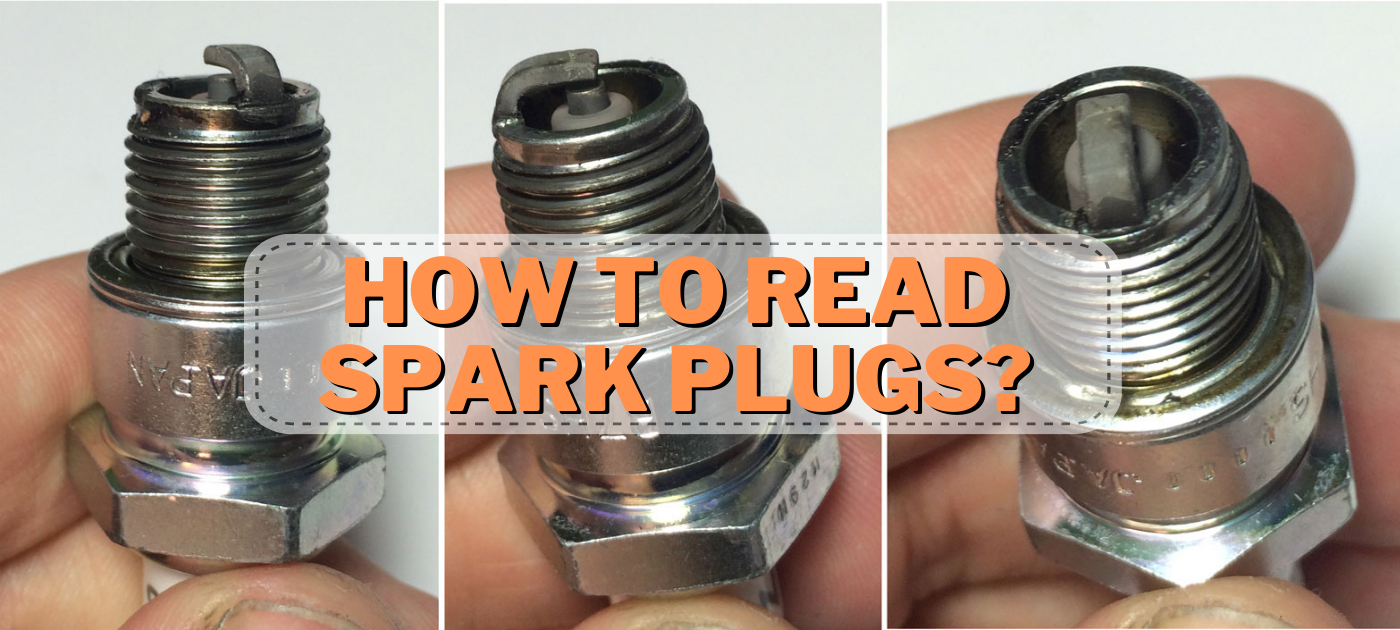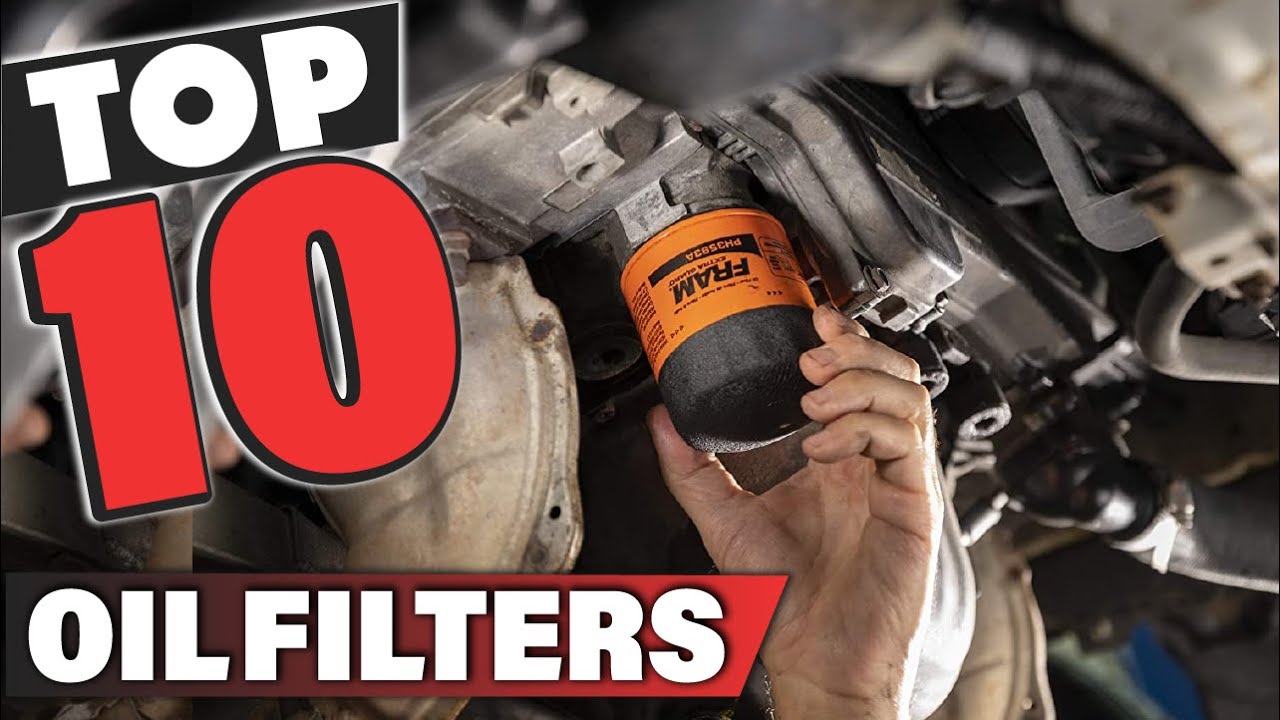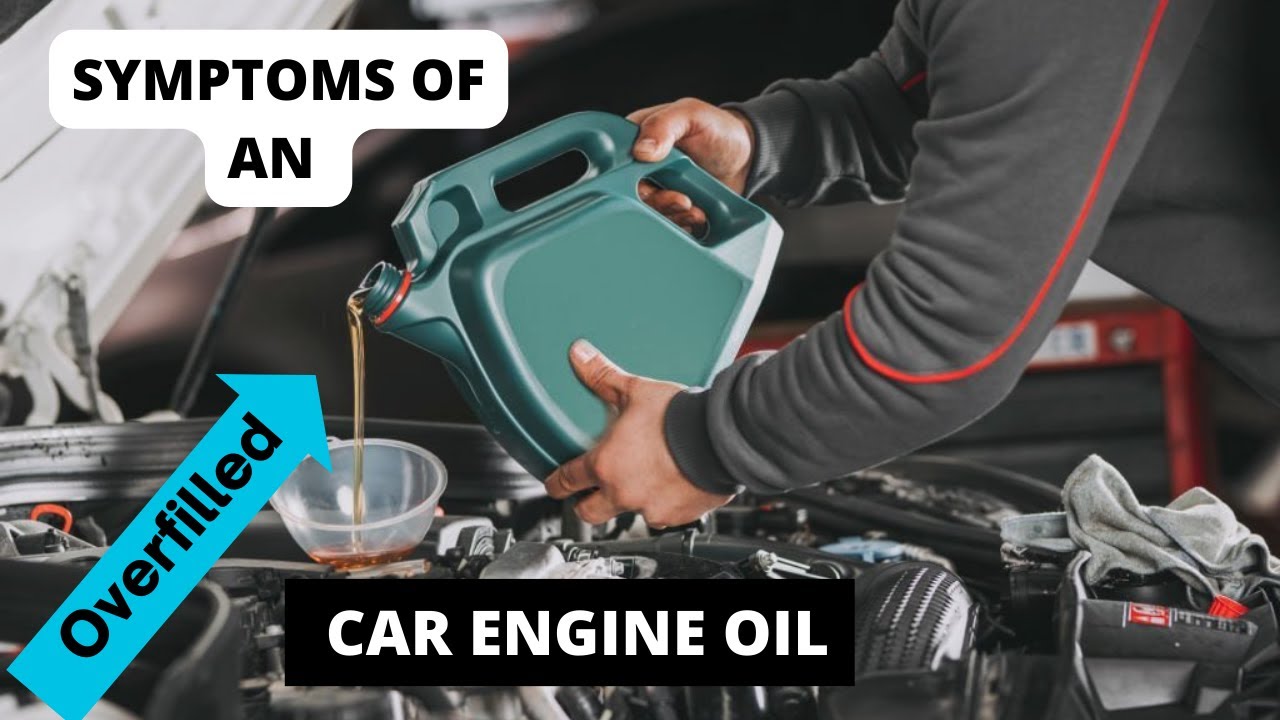Drivers should know how to read dipsticks. Why? Because engine oil is like blood, you always need the appropriate amount and type. Too little engine oil causes friction and engine damage. Too much engine oil causes foamy oil, which wears down engine parts.
What to do? The dipstick is the best way to check your engine’s oil level. This post will explain how to accomplish that and answer questions about engine oil maintenance.
Steps to read the dipstick

Reading your car’s oil dipstick level is simple if you follow these procedures. Below are the steps:
Consult the owner’s manual.
Different car manufacturers have different engine oil gauging criteria. See the owner’s manual for the automobile manufacturer’s recommended oil inspection temperature.
Parking on Level Ground
Park your car on a flat surface to check the engine oil level. A sloped parking spot will alter the engine oil position. This will influence the oil dipstick’s reading and oil availability.
Raise the car’s hood
The engine bay hood should have a latch for simple lifting. The latch may be anywhere in the vehicle, and you may need to pull or push it to release the hood catch.
You look under the hood for another latch. Find it and push/pull it to open the hood to access the engine bay. Springs allow some car hoods to stand alone. Others may need a prop to stand. Regardless of the mechanism, keep the hood up to simplify the next procedure.
Locate the dipstick

This step may require consulting your car’s owner’s manual for the oil dipstick. Your car’s oil dipstick is a pencil-thin, at least a foot-long metal item with a circlet to remove it.
The vehicle’s oil dipsticks may feature red, orange, or yellow caps with oil can symbols. It’s usually circular or rectangular and should surround the engine block.
Some automobiles have dipsticks that protrude from the valve cover. Dipsticks are usually toward the engine bay’s front.
Remove Dipstick
After finding the oil dipstick, gently pull it out while holding a paper towel or clean rag around the port. You can use a paper towel to prevent oil from pouring out of the port after removing the dipstick.
No need to force the oil dipstick out. Take hold of the cap loop and pull.
Wipe It
Wiping the dipstick clean is another reason to use a paper towel. Wiping it clean lets you submerge it in the port again after removing it. It can be difficult to read the dipstick the first time.
Figure out Your Oil Reading
Wipe the dipstick and reinstall it. Retrieve it for critical analysis. Your car’s dipstick should reveal the engine oil level in holes, letters, or lines.
Some cars have F and L. Two or more tiny holes or lines mark these spots for others. Review the owner’s manual for oil dipstick readings. Lower markings are at the dipstick tip and higher near the cap. Where should the dipstick have oil?
Engine oil should be near the top between these lines. If engine oil is close to or below dipstick indications, add oil. Drain and normalize oil levels above the upper mark.
Wipe the Dipstick Before Returning
After reading the dipstick, wipe up the oil before returning it to its port.
What do dipstick lines mean?
Dipstick lines measure the oil level. Dipsticks may have letters, holes, or lines. If you need help reading a dipstick with dots, consult your car’s manual or a specialist.
Car dipstick lines indicate engine oil level. Your car owner’s manual can clarify these points.





